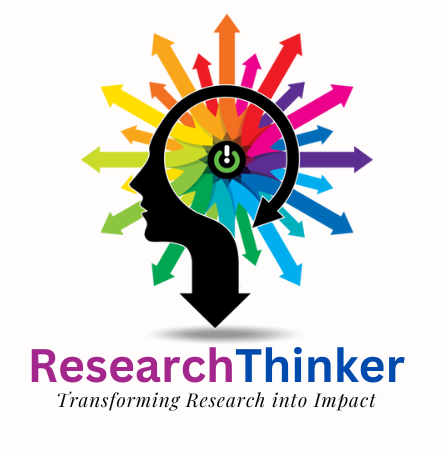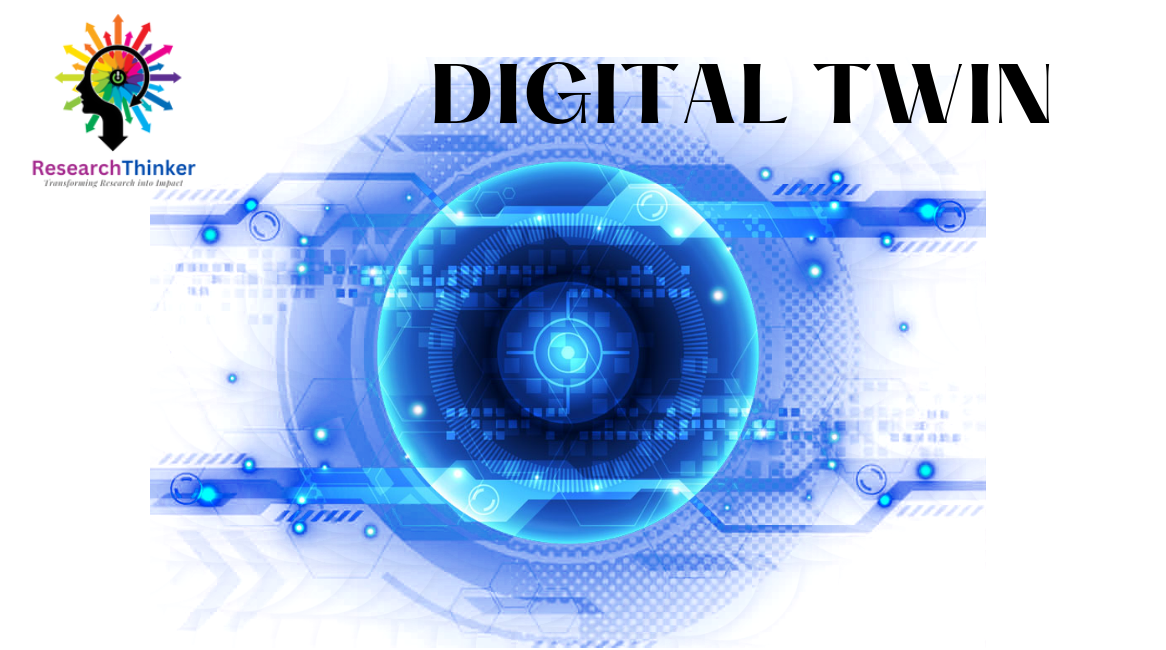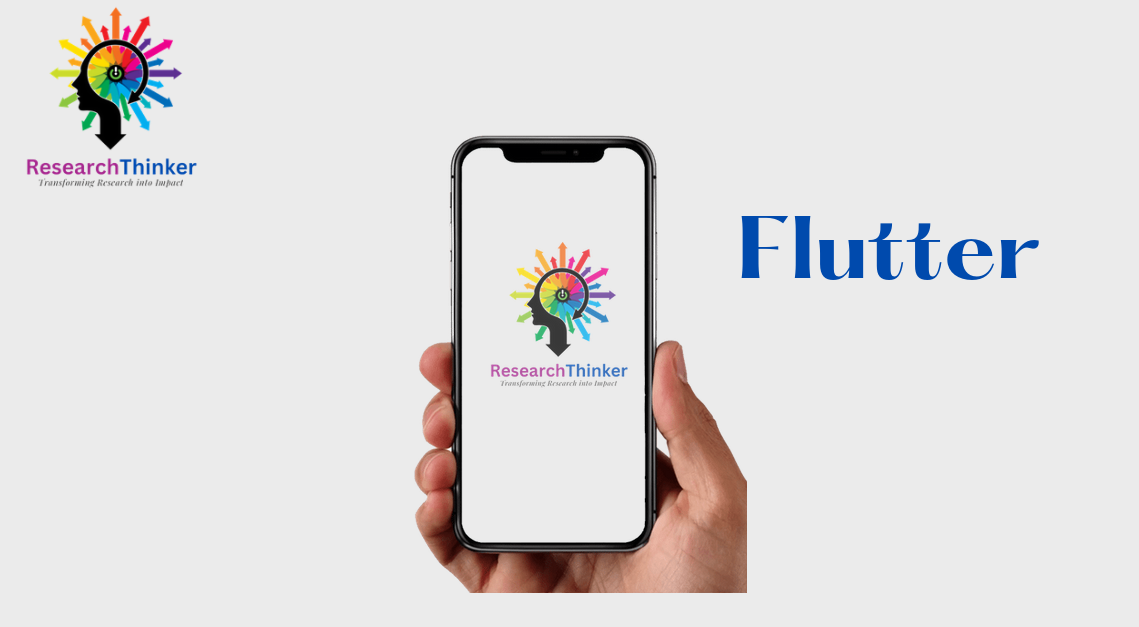- What is a digital twin and how does it work?
- A digital twin is a virtual representation of a physical object. It works by using IoT devices, data analytics, and machine learning algorithms to create a real visual mirror image of the physical object. This model can be used to monitor, predict, and optimize the performance.
- How can digital twin technology benefit businesses?
- Digital twin technology provide a visual representation of their important assets ,through which they can analyse the real picture of there assets from anywhere and increasing efficiency, reducing downtime, enabling better decision-making, and reducing costs.
- What industries can benefit from digital twin technology?
- Digital twin technology can be used in a wide range of industries, including manufacturing, healthcare, energy and utilities, aerospace, automotive, and more.
- What are some real-world applications of digital twin technology?
- Predictive maintenance for industrial machinery, remote patient monitoring for healthcare, virtual testing for automotive and aerospace products, and simulation-based training for military and emergency responders.
- What are some challenges associated with implementing digital twin technology?
- Expert in the specific domain to analyse and identify losses there are some common challenges like Data security and privacy for which specialised skills and expertise required
- How can data analytics be used with digital twin technology?
- Data analytics can be used with digital twin technology to monitor and analyze real-time data from sensors and other sources, identify patterns and trends, and make predictions about future performance.
- What role does machine learning play in digital twin technology?
- Machine learning algorithms can be used with digital twin technology to automatically identify patterns and anomalies in data, predict future performance, and optimize system performance.
- What are some best practices for implementing digital twin technology?
- Best practices are defining clear goals and objectives, identifying the right data sources and sensors, selecting the appropriate modeling and simulation tools, and ensuring data security and privacy
- How can digital twin technology improve the manufacturing process?
- By enabling real-time monitoring and optimization of production lines, reducing downtime and waste, improving quality control, and enabling predictive maintenance.
- How can digital twin technology improve the healthcare industry?
- By enabling remote patient monitoring, personalized treatment plans, and predictive analytics for disease prevention and early detection.
- What are some examples of successful digital twin implementations?
- GE Aviation’s digital twin for aircraft engines, Siemens’ digital twin for the Hamburg Elbe Philharmonic concert hall, and NASA’s digital twin for the International Space Station.
- What is the relationship between digital twins and the Internet of Things (IoT)?
- Digital twins depend on data from sensors and other IoT devices to create real-time models of physical systems. The IoT provides the data that digital twins use to monitor, predict, and optimize the performance of physical systems.
- What is the role of augmented reality in digital twin technology?
- Augmented reality can be used to visualize and interact with digital twin models in real-world environments. This can enable technicians and operators to monitor and control physical systems more effectively, and to troubleshoot problems more quickly.
- What are some potential ethical concerns related to digital twin technology?
- Some potential ethical concerns related to digital twin technology include data privacy and security, the potential for bias in algorithms, and the impact on employment and job displacement.
- What is the relationship between digital twins and artificial intelligence (AI)?
- AI algorithms can be used to analyze data from digital twins and make predictions about future performance. AI can also be used to optimize the performance of digital twins in real-time.
- How can digital twin technology be used to improve sustainability?
- Digital twin technology can be used to improve sustainability by enabling real-time monitoring and optimization of energy and resource usage, reducing waste and emissions, and enabling more efficient and sustainable manufacturing processes.
- What is the role of blockchain technology in digital twin technology?
- Blockchain technology can be used to secure and manage the data generated by digital twins, ensuring that it is tamper-proof and transparent. This can improve trust and accountability in digital twin systems.
- How can digital twin technology be used for urban planning and design?
- Digital twin technology can be used for urban planning and design by creating virtual models of cities and buildings, enabling planners and architects to test and optimize designs before they are built.
- What are some future trends and developments in digital twin technology?
- Some future trends and developments in digital twin technology include the use of edge computing and 5G networks to enable real-time processing and analysis of data, the integration of digital twins with other emerging technologies such as AI and blockchain, and the development of more advanced simulation and modeling tools.
- How can digital twins be used for predictive maintenance?
- Digital twins can be used for predictive maintenance by creating virtual models of physical systems that can be monitored and analyzed in real-time. By collecting data from sensors and other sources, digital twins can provide a comprehensive view of the current state of a system and its components. This data can be analyzed using machine learning algorithms and other advanced techniques to identify patterns and anomalies that may indicate potential issues or failures. Predictive maintenance algorithms can then be used to alert technicians to these issues before they occur, enabling proactive maintenance and reducing downtime.
Other Popular Articles:-





